Why Farming Matters





























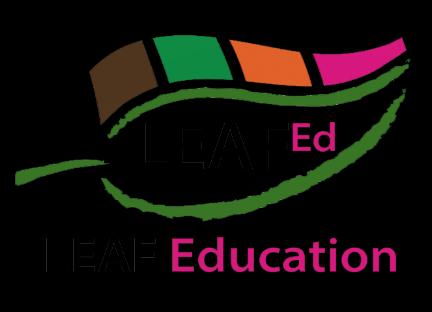



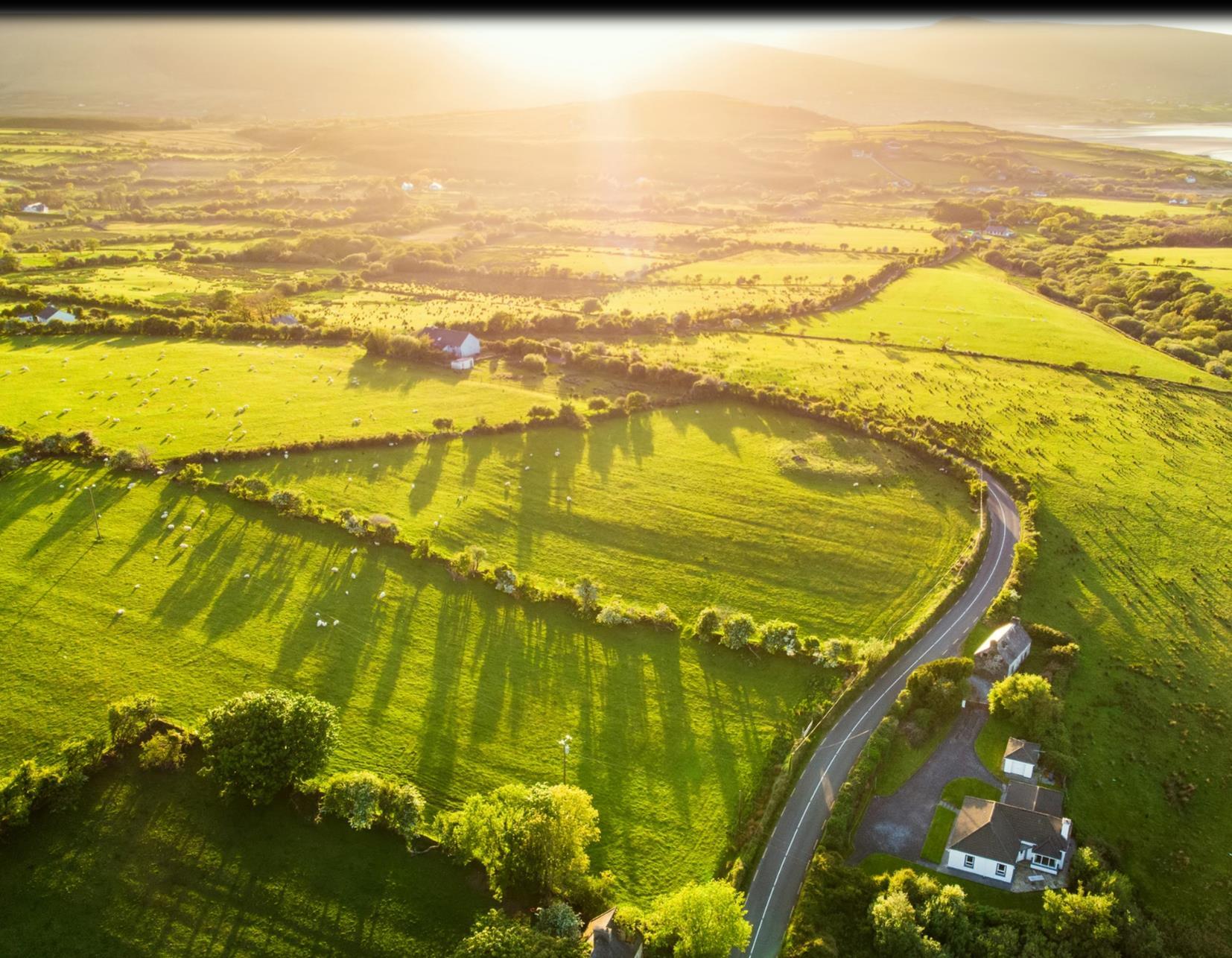

LEAF Education, in partnership with our members, work to engage, inspire and motivate young people through experiential learning, to equip our future generations with balanced and informed insight into food production, farming and the natural environment. We work across the education and agricultural sectors to mobilise farmers and educators to bring food production, farming and the environment into a learning context and embed an appreciation of farming into everyday life.
We also deliver practical training, resources and activities to both educators and farmers that help deliver curriculum-linked learning through food and farming experiences, both in and out of the classroom.


With our network of trained farmers, and our highly skilled team of Regional Educational Consultants (RECs), we can help you plan and run safe, curriculum-linked educational farm visits, activity sessions, and events for young people. Visit www.countrysideclassroom.org.uk/far m-visits/case-studies/leaf-education to find out more about how our farm visits can benefit your pupils.
With a dedicated team of Regional Education Consultants (RECs) working directly with schools and farmers, we can offer tailored and independent advice to help build activities and programmes that best suit the school, enrich the curriculum, and promote wider pupil development.


To find out more about upcoming training opportunities and how we can work with you, visit our website or send us an email with your enquiry.

www.leaf.eco/education education@leaf.eco





With food, it all begins with farming. For every meal that ends up on our plate, a farmer has grown or raised the ingredients. Without farming, we can’t hope to realise our true potential and that’s why we at BASF believe farming is the Biggest Job on Earth.

As a planet, we are looking to be more sustainable in all aspects of our lives and farming is no exception. How we utilise the land we have now will impact how we can farm in the future. Throughout ‘Why Farming Matters’, we hope to demonstrate the measures farmers undertake to find the right balance between food production and preserving the natural environment such as soil health, crop rotations and ensuring we have land where wildlife can thrive.
There are so many challenges that impact how we can farm from the climate to the land we have available, but nothing changes the fact that an ever-growing population need to be fed. Ensuring that people value the time, effort and knowledge that goes into producing food means farmers can focus on delivering the best yields and quality and continue to preserve our natural environment.
That’s why we are honoured to partner with LEAF Education to update the ‘Why Farming Matters’ school’s resource to help inform generations now and in the future about the impact of farming on food production and other less-known activities such as sustainable energy supplies.


The agricultural industry covers a broad spectrum of careers from farming right through to food and energy production. We hope the resource can inspire young people to want to find out more about farming and look at ways they can make a positive impact on sustainable food and energy production and quite possibly pique interest for a career in the industry in the future.


Why farming matters 6


Getting started 8
Using the picture cards 11
Drought and deluge 14
Super soils 15 Energy for the future 16 Habitats and food chains 18
Hedge/pond for sale 19
Where does our food come from? 20
Have we always eaten the same food? 21
Who provides our food? 21 What would you grow? 22
Seasonality 22

Postcards from vegetables 23
Fruity diaries 23

Radiant rainbow 23 Using the videos 25 Farming diary 26
Maths on the farm 27 Country collage 28
Picture cards resource 29

What’s in season poster 61
Soil types resource 62


Farming is fundamental to the world’s prosperity and ensuring the global population has enough food to eat whilst maintaining the natural environment is the biggest job on earth.



As populations around the world continue to grow, ensuring people have enough food to eat is a huge responsibility we place in the hands of farmers.
Farming plays a role in all our lives: without it, our ability to feed the world would be under threat.

However, the agriculture industry faces many challenges including the effects of changing weather patterns with more frequent and severe weather events. Farmers around the world are continuously adapting their farming practises and adopting new innovations in the face of these challenges.
Agriculture and the food it generates is central to all our lives It has a powerful impact on us all individually, in our communities and on a global scale. As a society, and by working together, we must try to balance the efficient use of land to produce food whilst maintaining the natural environment to ensure that future generations can flourish
As increasingly sophisticated conscious consumers of food, pupils benefit from any exploration of where food comes from, what it does for them and what they should expect from it. It is entirely appropriate that their voices should be heard, and their questions taken seriously; their opinions are of genuine interest.
Throughout this booklet, pupils will deepen their understanding of the role of farming in the UK, discover the powerful impact of farming, be encouraged to ask questions, and begin to find out and formulate their own understanding of ‘why farming matters’ .
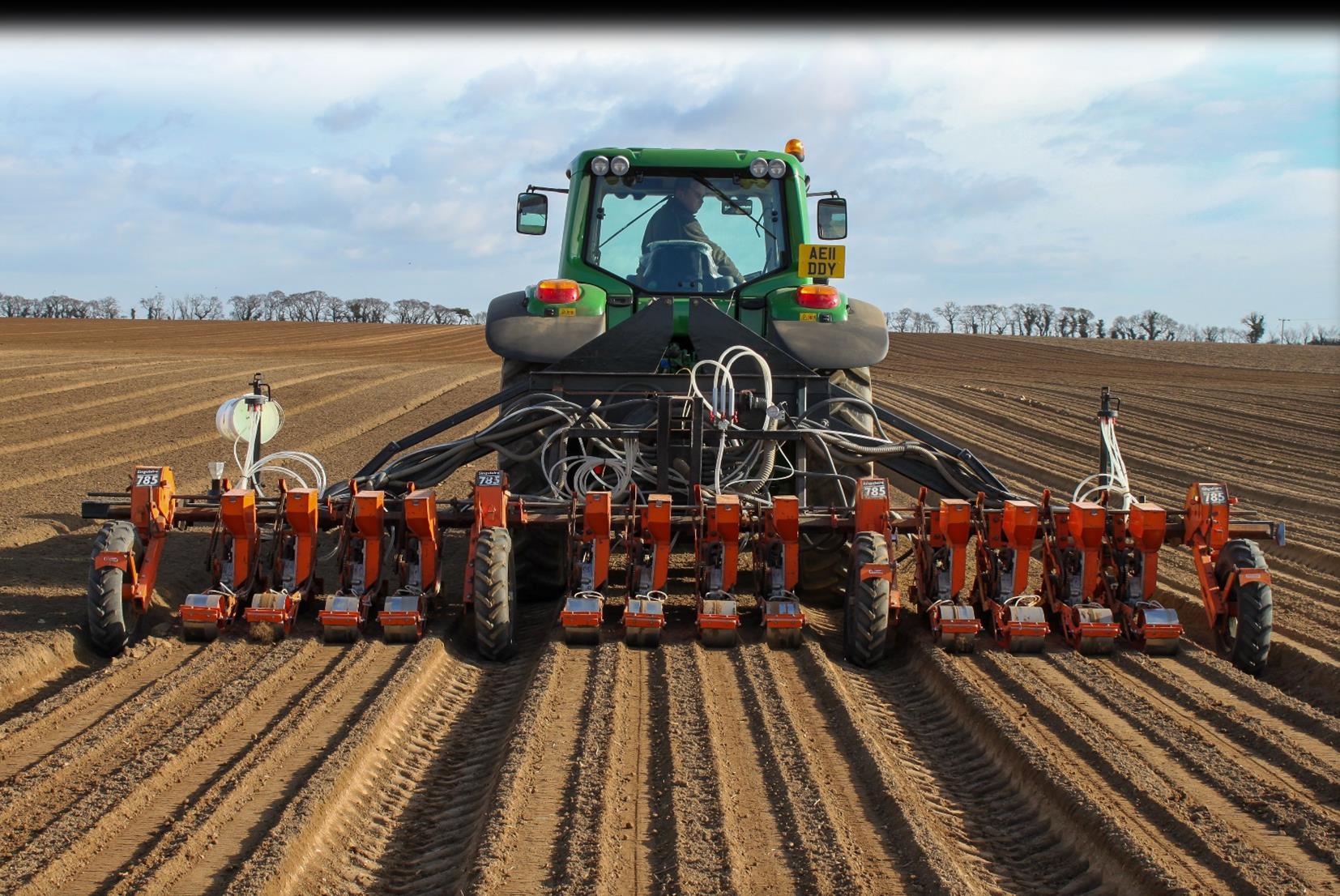

Begin your learning by collecting pupil responses to the questions:
Revisit their thoughts and opinions at different stages of their learning journey. Do their thoughts and opinions change or stay the same? Explore pupil responses and encourage pupils to reference the knowledge they acquire on their learning journey.

Why does farming matter? Is farming the biggest job on earth?
Agriculture provides more than 467,000 jobs in the UK (2021).

Food and farming are topics of great importance to all our lives but, even more significantly, they will involve challenges that children will have to face as they become the consumers, parents, politicians, leaders, and thinkers of the future. They will be confronted with the challenge of feeding more than nine billion people on the planet by 2050 It’s no wonder we think that farming is ‘the biggest job on earth’
This resource contains activities linkedtothecurriculumto encourage pupils to start investigating why farming matters

is our food produced?

Who produces it and what are the many jobs associated with farming and the countryside?
What impact does the weather have on farming? What effect does farming have on the environment? Why does farming matter?
These are just some of the stimulating areas for classroom work that bring food production, farming, and the environment into a learning context to embed an appreciation of farming into everyday life.
All the activities will help the teacher weave the themes of food and farming through the curriculum areas of English, maths, geography, science, art and design. They can be approached separately or as part of a larger topic on food, farming, climate change, history, the environment, wildlife and the countryside.

Projected world population growth by 26% in 2050. To more than 9.5 billion people!
The range of activities will also help pupils to acquire personal learning and thinking skills:

Acquisition of personal learning and thinking skills:

o creative thinkers o effective participators

o independent enquirers
o reflective learners o self-managers
They will be encouraged to:
o listen to the opinions of others o engage in discussions that challenge their prior knowledge o work together in pairs and groups o change their views considering further information o suggest possible solutions o develop individual work o create new designs o evaluate their work
In addition to the booklet, which is available in hard copy and digital formats, the website www.countrysideclassroom.org.uk/whyfarmingmatters contains further teacher information and resources.







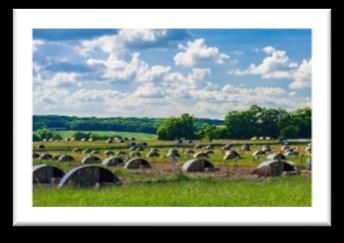





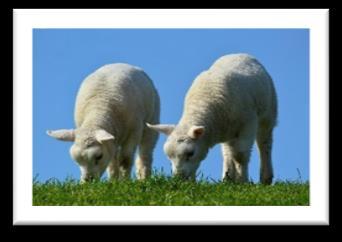

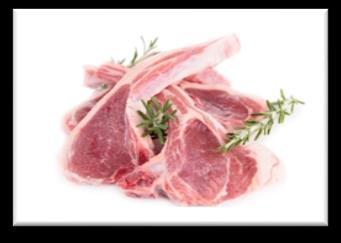



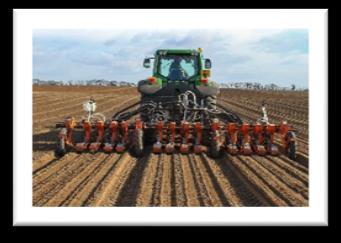








● Show the pupils photographs of a variety of farmed landscapes, explaining that farm landscapes are created by generations of farmers: they bring us food and provide habitats but also maintain the countryside for us to walk in and enjoy.
● Think of words to describe the landscape. If you have laminated the pictures, pupils could use sticky notes to attach to each with their ideas.
● Can they identify manmade/influenced features in the photos?
● Can they see any boundaries? What are these for? (Farmers use these boundaries to keep their animals from escaping and to mark the limits of their land, and to provide habitat for wildlife)
● Which landscapes do the pupils think are least influenced by man?
● Which farm landscapes do the pupils like best? Why?
● Ask each pupil to choose to be one of the following people who were seen walking through their chosen landscape on one day:
• Birdwatcher
• Shepherd
• Hiker
• Artist
• Dog walker
• Wildlife enthusiast
● Ask them to imagine what they might have seen during their walk.
● Show them how to use pastels or chalk to produce pictures of scenes from their walk. Encourage them to smudge the colours with pieces of cotton wool or tissue paper to give realistic hills and sky (when completed, adults can ‘fix’ the pictures by spraying with hairspray in a wellventilated area).
● Ask each pupil to talk about where they were going, what they saw and what they did on their walk through their landscape.


● Ask pupils to put the cards in sequence and devise a series of captions explaining the main events during the year.
● Alternatively, pupils could sequence the cards in a farming year calendar e.g., a circular display adding comments for the weather, main events, and the kind of work a farmer might be doing at each stage.


● Ask the pupils to think about how weather is important to farming.
● When during the growing cycle would the farmer like rain? (Water is needed for the seeds to germinate but too much rain before sowing means the ground is too wet to get machinery on the field which would damage the soil. Heavy rain near harvest can spoil a crop and add to costs e.g., grain may need drying)
● What might happen if the summer was very dry? (Low yields, poor quality, need for irrigation and thus extra cost)
● How might it be different for different farms? (E.g., a sheep or beef farmer whose main crop is grass may welcome more rain in summer as this keeps the grass growing, but a cereal farmer may hope for less)
● What might prolonged or torrential rain do to a newly emerged crop? (Damage it, wash it away, cause flooding)
● What might a drought do to crops? (Poor growth and development)
● What might heavy rain near harvest do to a fruit crop, e.g., strawberries or raspberries? (Knock them off onto the ground, or cause mould to grow on them, spoiling the crop)
● How might climate change affect what is grown and where? Explain that global climate change might make weather unpredictable (very wet stormy winters and really dry summers). This makes it more challenging for farmers to produce
Assign pupils different roles in a farm environment e.g., trees, wheat, hedges, butterflies, birds, cattle or stream. Use a sand timer to give each pupil one minute to explain in role how they would react in one of the extreme forms of weather:
● a summer drought
● a winter gale
● torrential rain
Explain that all rivers begin and flow through farmland or moorland. Find out about the ways that farmers use water and the ways that pupils use it. Ask pupils to think about why it is important for farmers to reduce pollution and how they do that.
Help the pupils to set up a ‘drought’ experiment. Sow seeds – cress, beans, or wheat, possibly obtained from a local farm. Plant and water the seeds, keeping the compost just moist until after germination. After germination set up plant groups as follows:



● Group A: No water (to represent drought)
● Group B: Excess water (to represent deluge/torrential rain)


● Group C: Optimum water (control – perfect climate and weather).
Record the results at regular intervals using notes, drawings, or photographs.
Soil and farming are inextricably linked. Healthy well cared for soil allows food to grow, mitigates the risk of floods and droughts, and even locks away carbon. These activities will help students learn about our super soils!



Take a sample of soil and put it into a clean, clear jar or measuring cylinder. Add water to cover the soil and put a lid on the container. Mix and then leave the sample to settle.
● The heaviest, biggest particles sink first (stones and sand)

● The smallest, lightest sink last (silt/clay).
● Floating on top will be any organic matter.
Famers need a good understanding of the type of soil they are working with. This activity is a simple handson soil texture test, and it is a great way to begin exploring the properties of different soil types. A large version of the soil type table is available at the end of this document

● Take a handful of slightly moistened soil and squeeze out the water
● Make the shapes shown in order
● When you can’t make your shape, you have your soil type


Talk to the pupils about how we use energy (electricity, gas and for and how this energy is produced Use a mind map to aid around possible sources of energy. For example, fossil and gas), nuclear (uranium), and renewables (biomass, wind, solar, hydro and biogas.)
Do the pupils know which of these are renewable energy sources? What does renewable mean? Have they seen wind turbines or solar panels in the countryside, or on farm buildings?

Explain that electricity can be produced from these renewable sources, or it can be made (generated) by burning fuels in power stations, and that a lot of our dependency has been on fossil fuels. Ask the pupils, what is the problem with burning fuels? (CO2 production). Go on to ask them if they know what biofuels are.
Copy a strip of the instructions for ‘Producing bioenergy’ for each pupil. Encourage the pupils to read the statements and place them in a possible order. Ask them to explain why they think their order is correct.




Burn wood in an incinerator
Put maize silage into a biogas digester Harvest wheat
Use heat to keep buildings warm over winter
Cut down some willow
Burn methane gas for transport and heat
Put ethanol in petrol to fuel cars
Collect methane gas from the digester Mill the wheat
Transport wood to farm buildings
Spread remaining material (digestate) on fields as fertiliser Cultivate land
As trees grow, they store carbon
Plant willow trees
Collect and store harvested maize as silage Plant wheat
Cultivate land and plant maize Ferment and distil the wheat, producing alcohol
Farmers are responsible for looking after fields, grassland, ponds, ditches, hedges, and woods. These are important as habitats for many different types of wildlife. Other than farm animals, what animals do the pupils think may live in these different habitats that the farmer creates and looks after?

a. Ask pupils to imagine a stretch of hedge or a pond that a farmer has created. Mind map a list of any animal, including insects and birds that might visit the hedge/ pond. Provide pictures and non-fiction books for the pupils to research ideas.
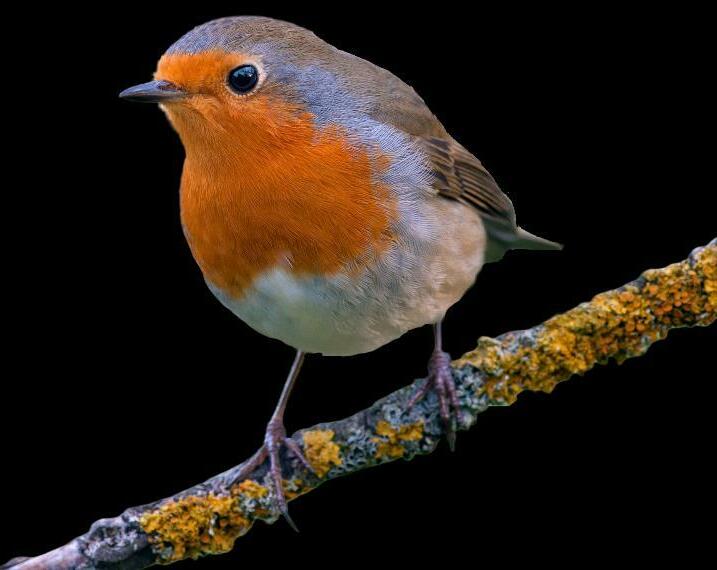

Help the pupils to consider which creatures there all the time and which visit in a particular season. Talk about why the creature visits/inhabits the place.
Record the information by making models of hedges/ponds for a season. Use card and scrap materials. Shredded green paper makes an excellent hedge whilst ponds can be created from silver foil. Alternatively, use white paint to make animal footprints on black paper or make the prints on rolled-out clay to show which animals would be in the hedge/pond.
d. For the following farmland habitats, ask the pupils to create appropriate food chains:
● hedgerow

● wheat field

● farm pond
● wildflower margins (edges of a field)
● oak tree (in the middle of a field).


Ask the pupils to think about what makes a house a good place to live. Ask them to think about the local area as well as the house (possible responses include: warm and dry, comfortable, nicely decorated, a garden to play in, functional and clean kitchen, nearby amenities like shops, recreation facilities, cinemas etc.) Look at several ‘for sale’ leaflets from estate agents and/or newspapers to see how persuasive vocabulary and phrases are used to help sell homes. Now ask them to imagine being a hedge or pond-dwelling animal. What makes the hedge or pond a good place to live? Ask the children to write persuasive adverts for a pond or hedge to indicate why it is an excellent habitat for a particular creature. Encourage the pupils to be persuasive and to mention the special features that their hedge/pond offers.




Ask the pupils to choose three food products from the list. They should find out as much as they can about where each comes from and how it is produced. Where does it grow? Or how is it reared? Is it British, or is it imported? Is it seasonal? Can you buy it all year? They should use dictionaries and search engines to look up the words they do not know. Follow the journey of the food product from farm to fork.

Arrange to visit a farm or invite a farmer into school to talk about what they grow and rear. Where do the products go after leaving the farm? How does the farmer decide what to grow or which animals to rear? What would make the farmer decide to change what is produced?

For help and advice finding a farmer, visit: https://www.countrysideclassroom.org.uk/places

Or contact your local LEAF Regional Education Consultant: https://leaf.eco/education/contact-us#LEAFRECS).
Pupils can survey their parents/grandparents/ teachers/neighbours. What did they child? Did they have snacks? What dinners like? Did they ever eat out at restaurants or cafés? Did they have takeaways? What other questions think of? Research rationing during Do we eat more healthily today, and a healthy diet?


How has farming changed over the past century and why? Invite a retired farmer into school to tell you about their life. What do you think we’ll be eating in the future? Might it be insects? Why not invite a young farmer to talk about their farming plans?

For help and advice finding a farmer, visit www.countrysideclassroom.org.uk/places
Or contact your local LEAF Regional Education Consultant: www.leaf.eco/education/contact-us#LEAF-

There are lots of people involved in bringing food. Here’s the start of a spider diagram showing some of the people who work to bring us the components of a sandwich! Pupils could try making spider diagrams based on one of the foods in the activity ‘Where does our food come from


pupils that in charge of a field on a local farm (or future school plot/ allotment). Ask them what they would grow in the field to school/neighbourhood. out what their friends like to relate the food products to the original crops. This cattle, pigs, goats and sheep to foods are best reared on a farm Produce brochures of their field/farm etc.
Many different types of produce are farmed or grown in Britain. Introduce the idea of ‘in season’ by asking pupils if they associate any fruit or vegetable with a particular time of autumn and pumpkins.

Food is in season if it is harvested and is available at that time we are typically talking about fruits and grown/harvested and supplied from within the UK at that specific time. The UK climate limits the range of fresh produce that can be grown here. However, provide us with a wide range of fresh produce throughout the year. Imported produce will also be at its best when it is in season in the country of origin.

poster (available at the end of pupils to make lists of any items they have eaten and not eaten in the last year. on the poster: available in the shops all year round summer only) usually grown in the UK or can be grown in the UK but often usually imported

Invite each pupil to choose one of several vegetables found in shops. Challenge the pupils to write, in the role of the vegetable, a postcard telling the reader when and where they were planted, how they were harvested and transported, and how they will benefit the consumer.

Provide each pupil with paper cut the shape of a fruit such as a strawberry, apple or plum. Ask them to write a diary of their life as a fruit from growing to being sold. You could also add drawings of each stage of their life too.


Discuss the importance of eating 5 portions of fruit and vegetables a day. It’s a good idea to vary the fruits and vegetables that we eat as they contain different vitamins and minerals

Have a go at creating a rainbow to find as many fruits of different colours as possible. This could be images cut out and laid on the table or drawings the students have created. You could use real fruits and vegetables but be mindful of food waste. See if the pupils can name all the different fruits and vegetables. You could get them to taste test a selection of the less familiar fruits.



Accompanying this booklet are a variety of videos. To view or find links to the videos, visit the why farming matters landing page: www.countrysideclassroom.org.uk/whyfarmingmatters
Use this simple video to begin a discussion on ‘balance’. Why is balance important when considering farming, food, and the environment?


Is farming ‘the biggest job on earth?’ What do farmers do? Why is this important? What challenges do farmers face?

This series of videos provides a great opportunity to introduce pupils to life on a dairy farm. ‘What can you see?’ poses questions and encourages them to generate questions of their own. This is a great way to review pupils’ current level of understanding. ‘What do cows eat?’ will introduce children to words like silage, grazing and straw, and the final video ‘Milking’ will give an insight into the jobs that happen on dairy farms around the country 365 days of the year.
Pupils may ask additional questions about the farm. The following notes will help you to answer these.
A: The cows in the videos are Holstein Friesians

A: The dairy farm featured in the resource video is an example of a farm where the cows spend the winter indoors. In the spring and summer, the animals spend their time outdoors on grass pastures
A: The cows are milked twice a day at 6 am and again at 4 pm. The milk is collected by a tanker every 2 days.

A: The cows in these videos produce between 40 and 50 litres of milk a day.

A: The collars and ear tags help the farmer keep track of all the cows. Every cow has to have ear tags and each animal has a unique number. The collar contains a computer chip. This helps the farmer know how much milk each cow is producing and track how long she spends standing or sitting. This is useful information to help the farmer spot any problems.
While indoors, they sleep on sand beds. They each have their own cubicle. The sand is soft and easy for the farmer to keep clean.
A: Cows only produce milk after giving birth. Most of the calves are hand-fed by the farmer until they are old enough to eat grass. Most of the calves on this farm are female (sexed semen) and many will join the herd. Any male calves are raised and sold.
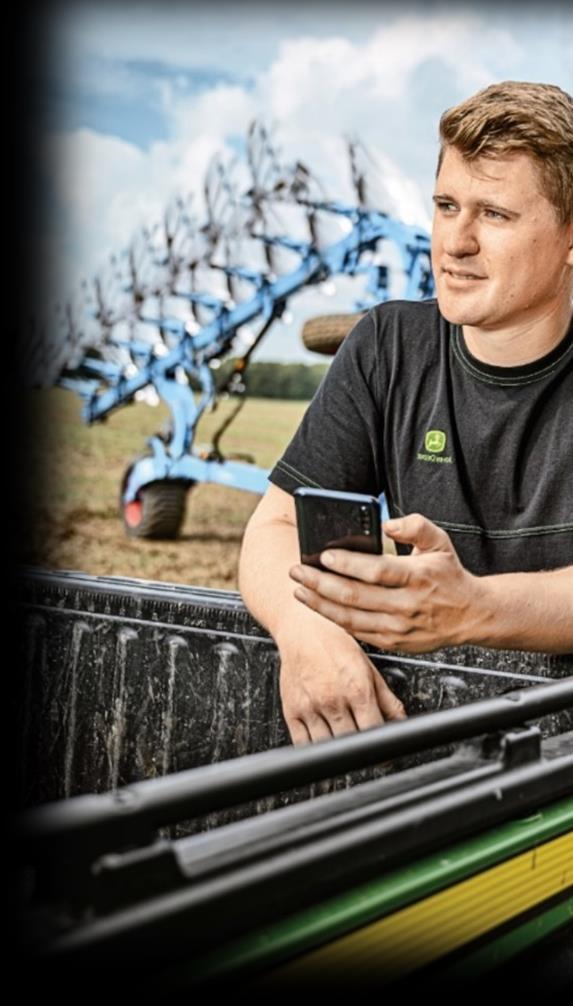

Either individually, in groups or as a class arrange the timeline for a dairy farmer’s day. When the timeline has been encourage the pupils to consider the farmer’s feelings throughout the day.

If possible, invite a local farmer in to be interviewed by the children about their day For help and advice finding a farmer visit your school or connect with you virtually, contact your LEAF Regional Education Consultant: www.leaf.eco/education/contact-us#LEAF-RECS
Help pupils prepare questions and then produce a booklet titled ‘A Day in the Life of a Farmer’
Called to help with lambing at a neighbour’s farm before dawn. Six more lambs during the night.
A school group arrives before lunch – full of enthusiasm and keen to meet the cows and learn more about farming.
Well-earned breakfast this morning. Looking forward to tasting the sausages from the supermarket.
Time to relax after a very busy day. I love being a farmer.
General farm tidying and providing clean bedding for the animals. Good time to check all the animals are happy and healthy.
The milk tanker arrives after lunch to collect our milk – it’s good quality and the yield has been fine today.
5:00
10:00
Milking by 6 am – need to measure the volume of milk collected and compare with previous days.
6:00
9:00










Late afternoon milking before teatime - need to make sure the animals have their tea too. 17:30
20:00
15:00
After lunch, sit down at the computer and complete my paperwork and go through my plans to purchase some new high-tech machinery for the farm.
13:30
Feed the cows after morning milking – I think they need a bit more silage. Need to keep the milk yield up during the winter. 7:30
14:00

Why not use these amazing farming facts and figures to bring a maths lesson to life?
In 2021, farmers and land managers managed 71% of the UK’s land
1/3 of the UK’s utilized agricultural area can be used to grow crops.
There are 216,000 farm holdings in the UK (2021)
The UK produces 7.8 million tonnes of wheat for breadmaking annually, and the average person buys 43 loaves per year.
5.5 million tonnes of potatoes are produced in the UK each year. That’s enough to make around 27.5 billion packets of crisps.
60% of the food eaten in the UK is grown in Britain.
The British countryside, which farmers manage, generates over £21 billion in tourism income each year.
A large tractor can do in a day what used to take 100 people a week.

If you put all the UK hedges together, they’d circle the Earth 20 times.
37.1 million eggs are eaten a day in the UK.
It takes around 350 ears of wheat to make enough flour for one 800g loaf of bread
The world population is projected to grow by 26% to 9.7 billion in 2050. SourceUnited Nations.

Global warming could cause up to a 30% reduction in food production in many regions.
Agriculture provides more than 467,000 jobs in the UK (2021).
The UK produces 1.2 million tonnes of sugar every year. This is made from 8 million tonnes of sugar beet.
Around 350,000 hectares of oilseed rape are grown in the UK each year. This goes into oil for cooking (vegetable oil), but some goes into fueling cars and even into products like paint.
Almost 35,000 hectares of peas are grown in the UK each year, equivalent to about 70,000 football pitches.
Sources: DEFRA - Agriculture in the United Kingdom 2021, UN SDGs, Office of National Statistics, and industry bodies.On a large display board create a collage of textures to represent elements of farming, countryside, and food products. Possible elements include:




• ploughed land – corrugated cardboard painted brown
• soil – dried and stuck on with glue
• grass – artificial grass as used in a greengrocery
• trees or hedgerows – dried leaves and twigs or leaves made by printing or wax crayon rubbings


• wool – sheep made from cotton wool balls with black sugar paper for legs and heads, knitted clothing
• meat – representations made of card
• milk – clean milk cartons.
Invite ideas for other elements from the pupils.



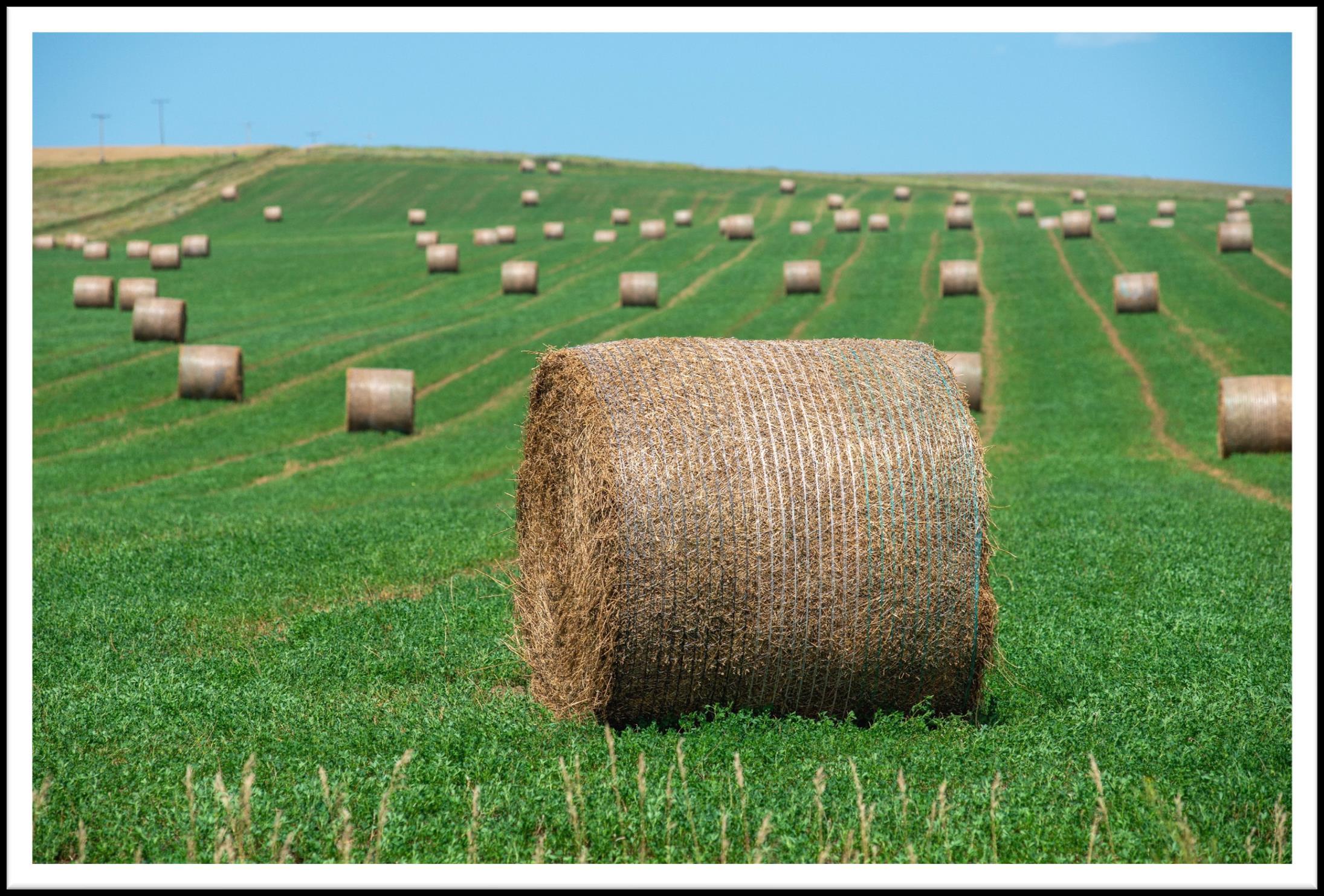



Wildflower margin around edge of crop field





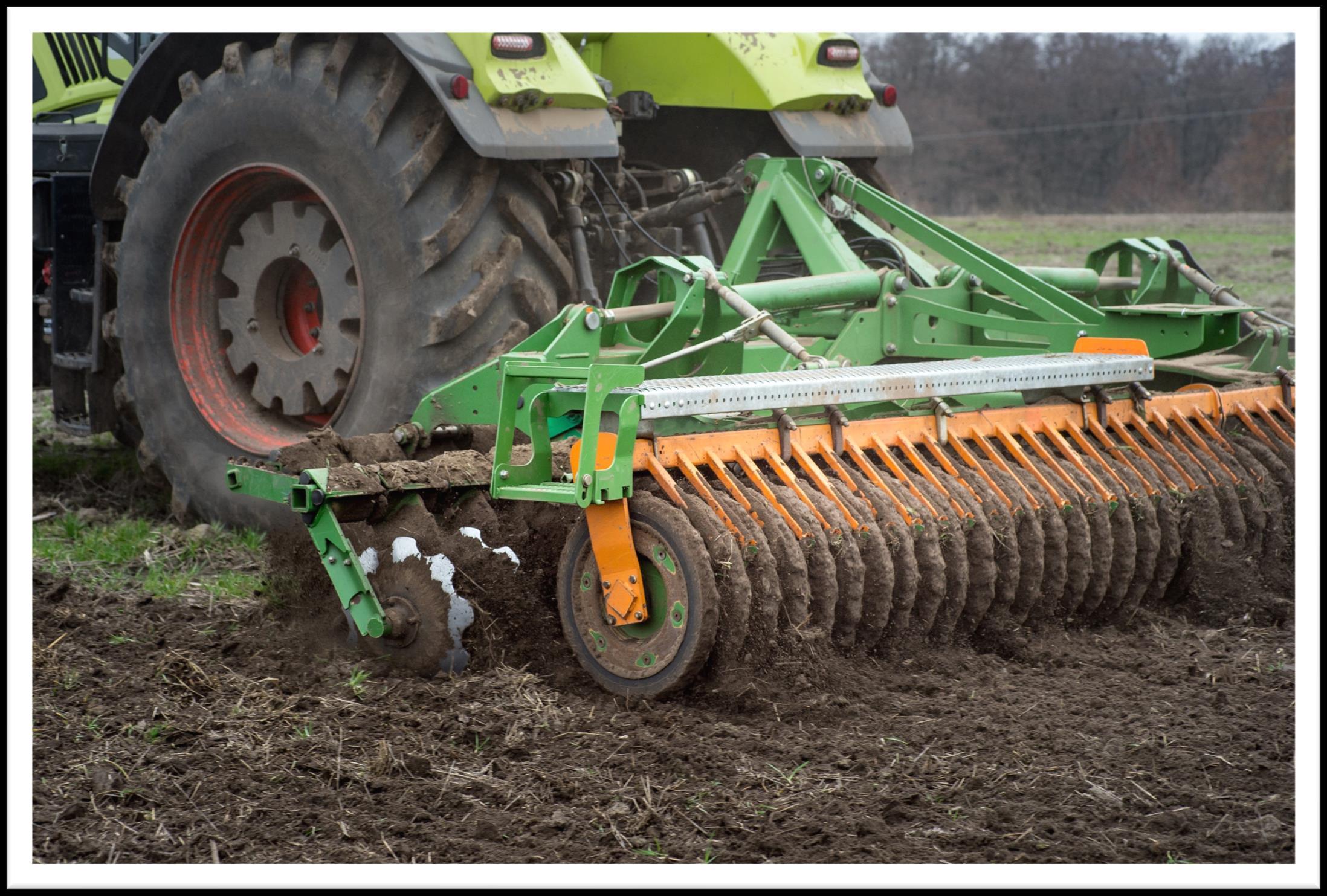


















LEAF Education in partnership with our members, works to engage, inspire, and motivate young people through experiential learning, in order to equip our future generations with balanced and informed insight into food production, farming, and the environment. We work across the education and agricultural sectors to mobilise farmers and educators to bring food production, farming and the environment into a learning context and embed an appreciation of farming into everyday life



BASF Agricultural Solutions are a leading manufacturer of crop protection innovation and digital solutions to support sustainable agriculture by balancing profitable farming with environmentally sustainable land management. Founded by BASF, Farming the Biggest Job on Earth is a platform for farmers and the public to advocate for the agricultural industry to help ensure that they can produce enough food both now and in the future while preserving our natural environment.



Countryside Classroom is a free-to-access online portal that pulls together high-quality resources to use in the classroom, places to visit with a class and people to ask for expert advice and support from across the UK, covering the topics of food, farming, and the natural environment. For additional resources and to find out more about Why Farming Matters, visit: www.countrysideclassroom.org.uk/WhyFarmingMatters














